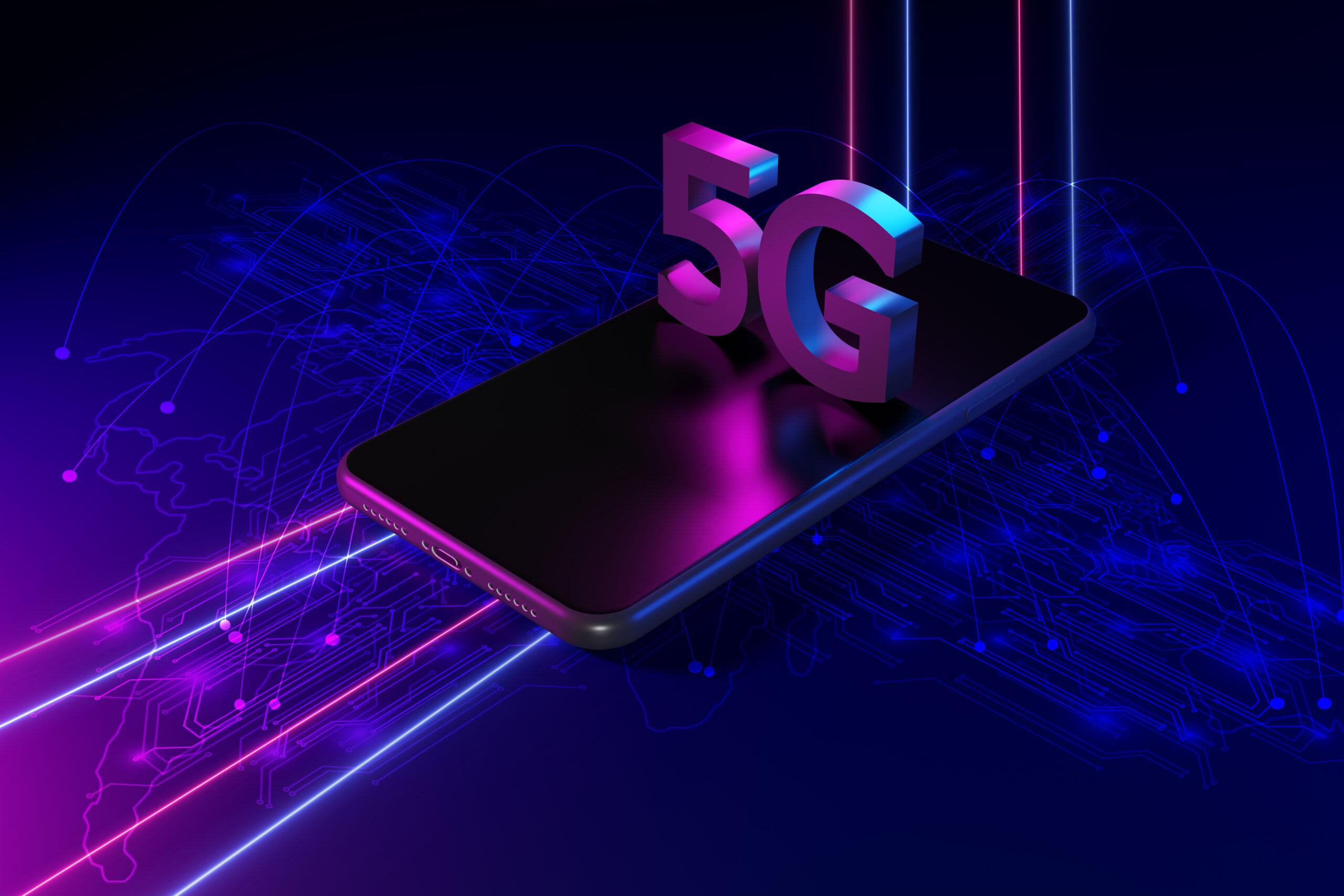How 5G Technology Is Revolutionizing Online Learning: Unlocking Faster, Smarter Education
In an increasingly digital world, the rise of 5G technology is creating transformative breakthroughs across numerous sectors. Nowhere is this more evident than in online learning,where the promise of faster,smarter,and more engaging educational experiences is becoming reality. From seamless streaming and virtual classrooms to personalized learning and immersive augmented reality (AR) experiences, 5G is truly revolutionizing education. In this article, we’ll explore exactly how 5G is changing online learning, its key benefits, inspiring case studies, and practical tips to prepare for the future of education.
What Is 5G Technology?
5G, or fifth-generation wireless technology, is the latest standard for mobile networks. Building upon the foundation set by 4G, 5G delivers:
- Ultra-fast data speeds (up to 100x faster than 4G)
- Ultra-low latency—delay reduced to as low as 1 millisecond
- Massive device connectivity with improved network reliability
- Enhanced coverage for urban, rural, and remote areas
These features make 5G a game-changer for digital education by overcoming the limitations of previous network generations.
How 5G Technology Is revolutionizing Online Learning
1. Lightning-Fast, Reliable Connectivity
For both students and educators, 5G online learning removes the frustration of laggy video streams, dropped connections, and long file upload times. Instead, learners can:
- Access live classes and interactive sessions without buffering
- Download and submit large assignments quickly
- Collaborate in real-time with peers worldwide
2. Seamless Multimedia and Interactive Content
Education platforms now utilize video, high-resolution images, and interactive simulations. With 5G, online courses can seamlessly integrate:
- Ultra-HD video lectures and live demos
- Gamified learning modules
- Rich animations and real-time quizzes
3. Enabling Immersive Technologies: AR and VR in Education
Augmented reality (AR) and virtual reality (VR) are the future of learning, enhancing engagement and retention. 5G supports these by providing:
- high-bandwidth streaming for virtual labs and simulations
- Remote field trips with 360-degree video experiences
- Real-time feedback during immersive training environments
“With 5G, virtual dissection in biology class or touring the Pyramids of Giza in history is possible from any connected device—whether in the city or the countryside.”
4. Personalized and Adaptive learning
Powered by fast cloud computing and connectivity, AI-driven adaptive learning platforms thrive on 5G networks. this enables:
- Delivery of tailor-made content based on student’s pace and interests
- Real-time feedback and instant scoring for assessments
- Smart tutoring systems that adapt dynamically
5. Bridging the Digital Divide
While urban students often have better access to reliable internet, 5G promises to bridge this gap. Rural and remote learners can:
- Access the same high-quality education as their urban peers
- Partake in global learning communities
- Reduce educational inequalities through improved access
Key Benefits of 5G in Online Education
- Reduced latency for instant feedback and smoother dialog
- Consistent quality of high-definition learning materials
- Greater accessibility for students with disabilities through enhanced assistive technologies
- Empowered collaborative and project-based learning across geographies
- Scalability—edtech platforms can serve more students reliably
Benefits for Educators
- Ability to use advanced teaching tools without tech restrictions
- Expand reach to students globally
- Monitor engagement and progress in real-time
Real-World Case Studies of 5G in Online Learning
1. South Korea’s Nationwide 5G classrooms
South Korea pioneered 5G-enabled smart classrooms during the pandemic, equipping hundreds of schools with high-speed access. The result: more interactive virtual lessons, digital whiteboards, and live student-teacher discussions—boosting attendance and student satisfaction rates by over 30%.
2. Virtual Field Trips in the United States
Several U.S. districts have started 5G pilots where students in rural areas experience virtual field trips to NASA, science centers, and museums through VR headsets. Feedback from teachers noted improved engagement and curiosity, even among students previously less involved.
3. India’s Remote Rural Education Boost
In India, 5G trials are helping remote learners connect to experienced teachers, practice English with native speakers through video calls, and access digital content previously impossible on 4G. NGOs report enhanced exam performance and retention as a direct result.
First-Hand Experience: What Students and Teachers Say
“The switch to 5G in our campus means my video lectures never drop, and group projects feel like we’re all in the same room, even though we’re across different cities.”
— sarah M., University student
“As an educator, I can monitor every student’s progress live and incorporate AR exercises in my curriculum.The level of engagement is phenomenal.”
— Prof. Michael O., Online Instructor
Practical Tips for Embracing 5G-Powered Online Learning
- Upgrade devices: Ensure laptops, tablets, or smartphones are 5G-compatible for best performance.
- Choose 5G-enabled platforms: Opt for online learning platforms optimized for higher speeds and real-time features.
- Encourage digital literacy: Educators and students should familiarize themselves with new tools and technologies enabled by 5G.
- Prioritize cybersecurity: With faster, broader connectivity, ensuring safe online practices becomes even more vital.
- Experiment with immersive content: Integrate AR/VR resources and interactive simulations to maximize engagement.
Challenges and Considerations
- Cost: Upgrading devices and infrastructure may require investment.
- Coverage gaps: 5G rollouts may not be uniform, especially in remote regions.
- Training: Teachers need support and training to fully leverage 5G-enabled educational technologies.
- privacy: Enhanced connectivity must be paired with strong data privacy measures.
Conclusion: The Future of Education Is Faster, Smarter, and More Connected
The arrival of 5G technology marks a defining moment in the evolution of online learning. With its promise of ultra-fast connectivity, interactive content, wider access, and transformative immersive experiences, 5G is setting the stage for a truly global, equitable, and engaging educational landscape. by embracing these developments and preparing for the transition, educators, students, and institutions can unlock unprecedented opportunities for faster, smarter education—and help shape the future of learning for generations to come.

